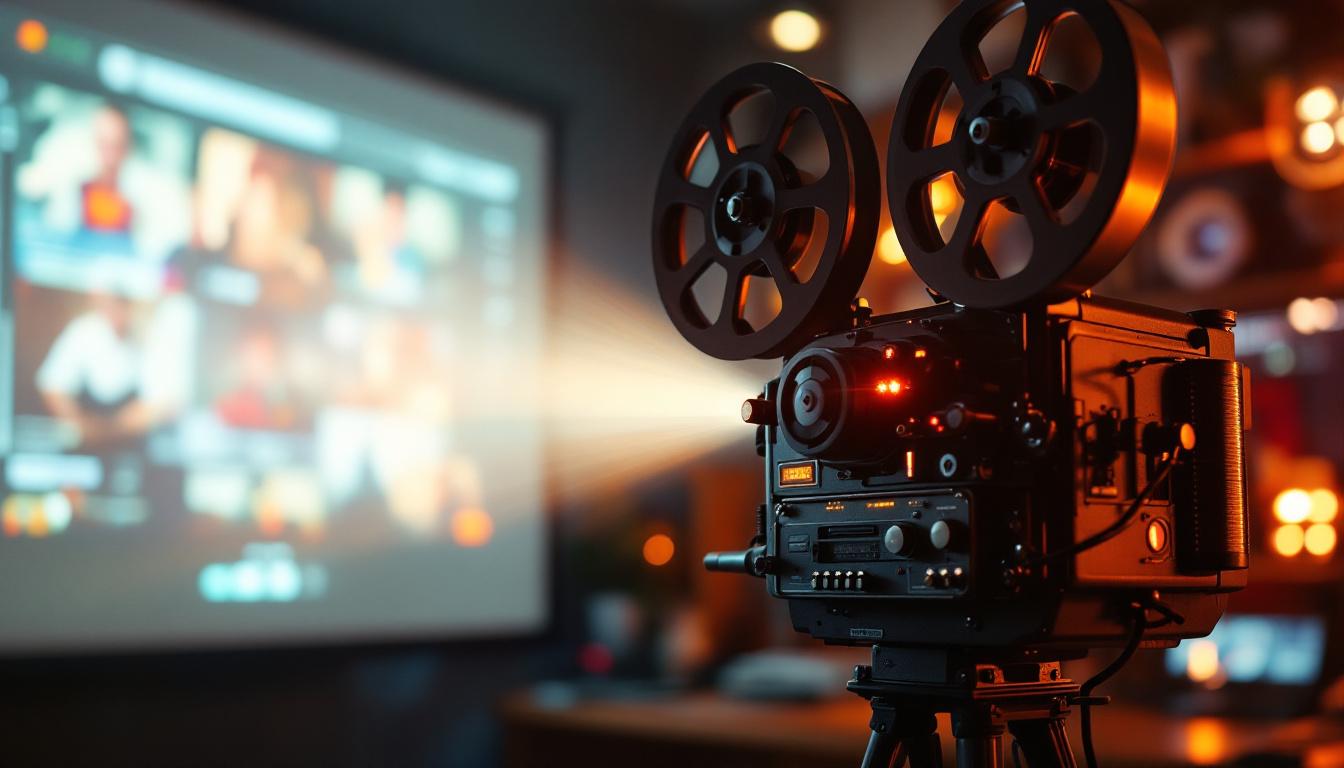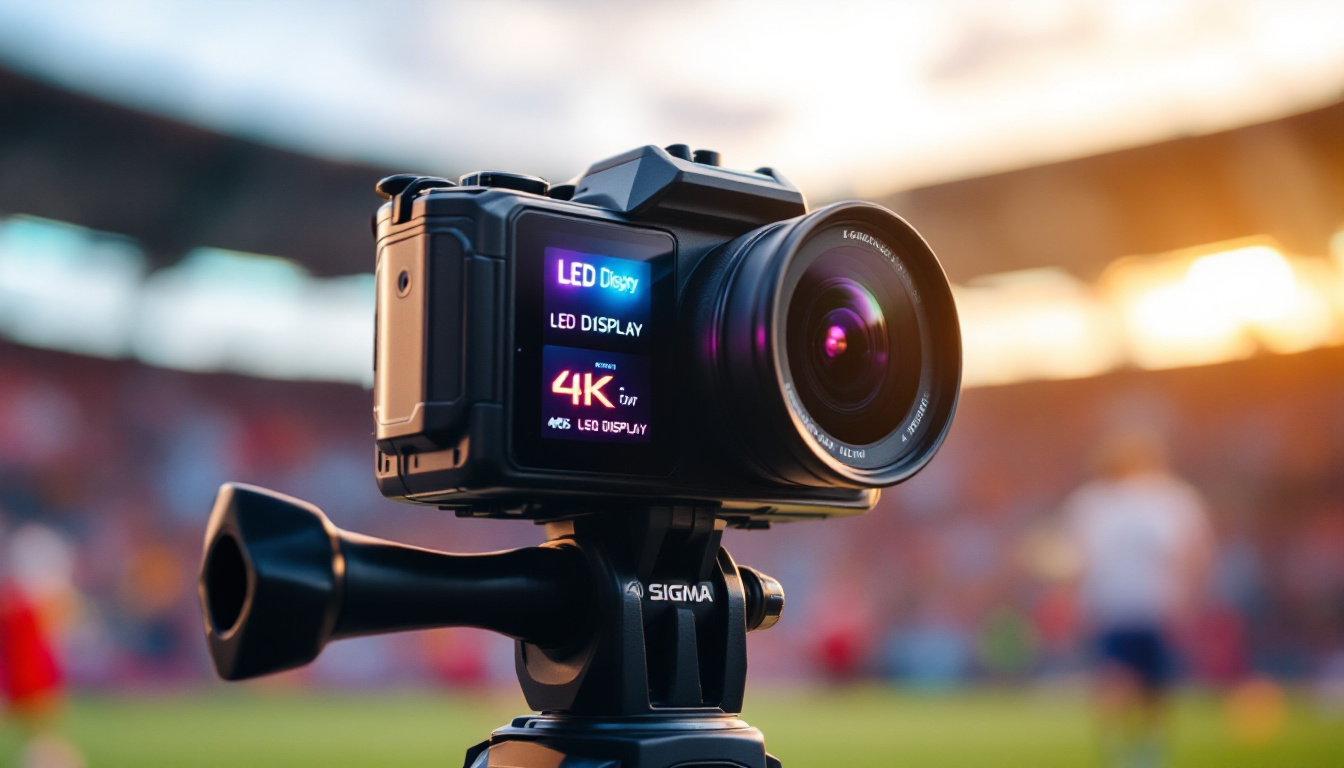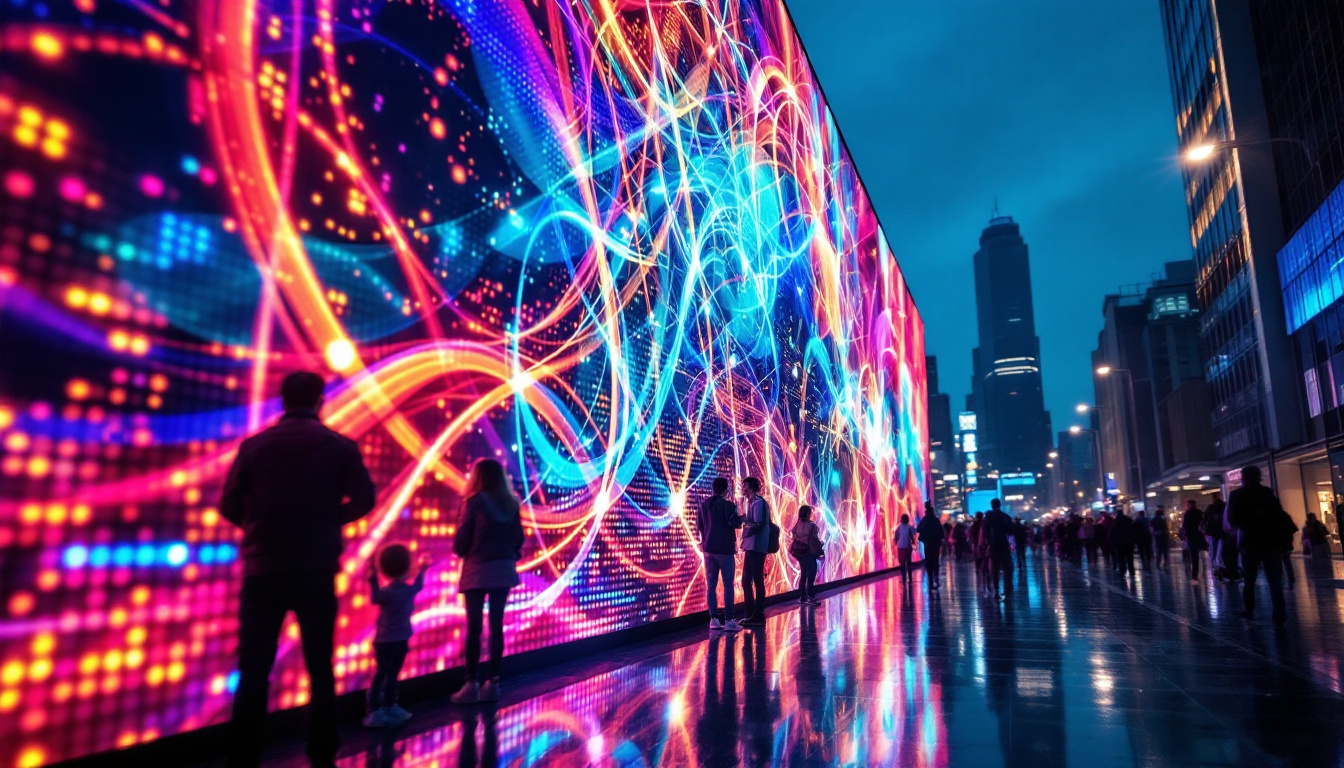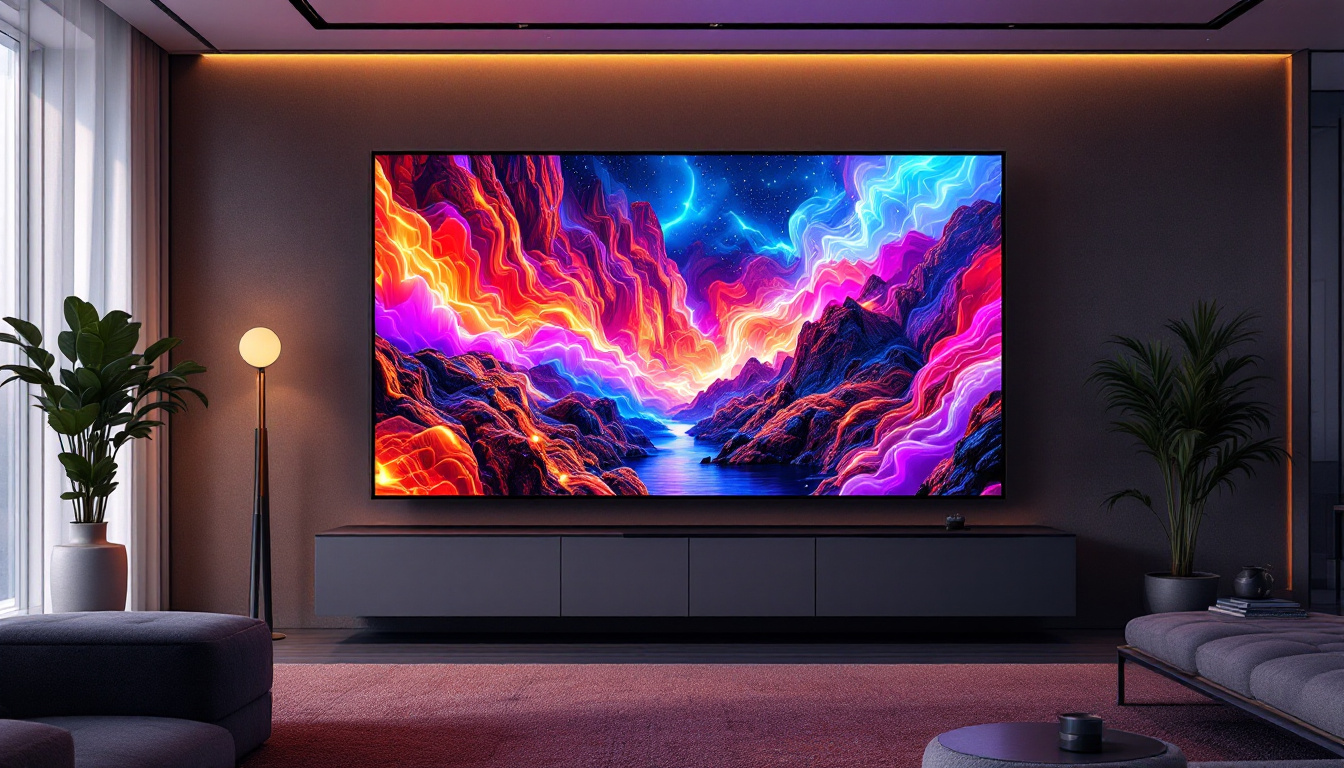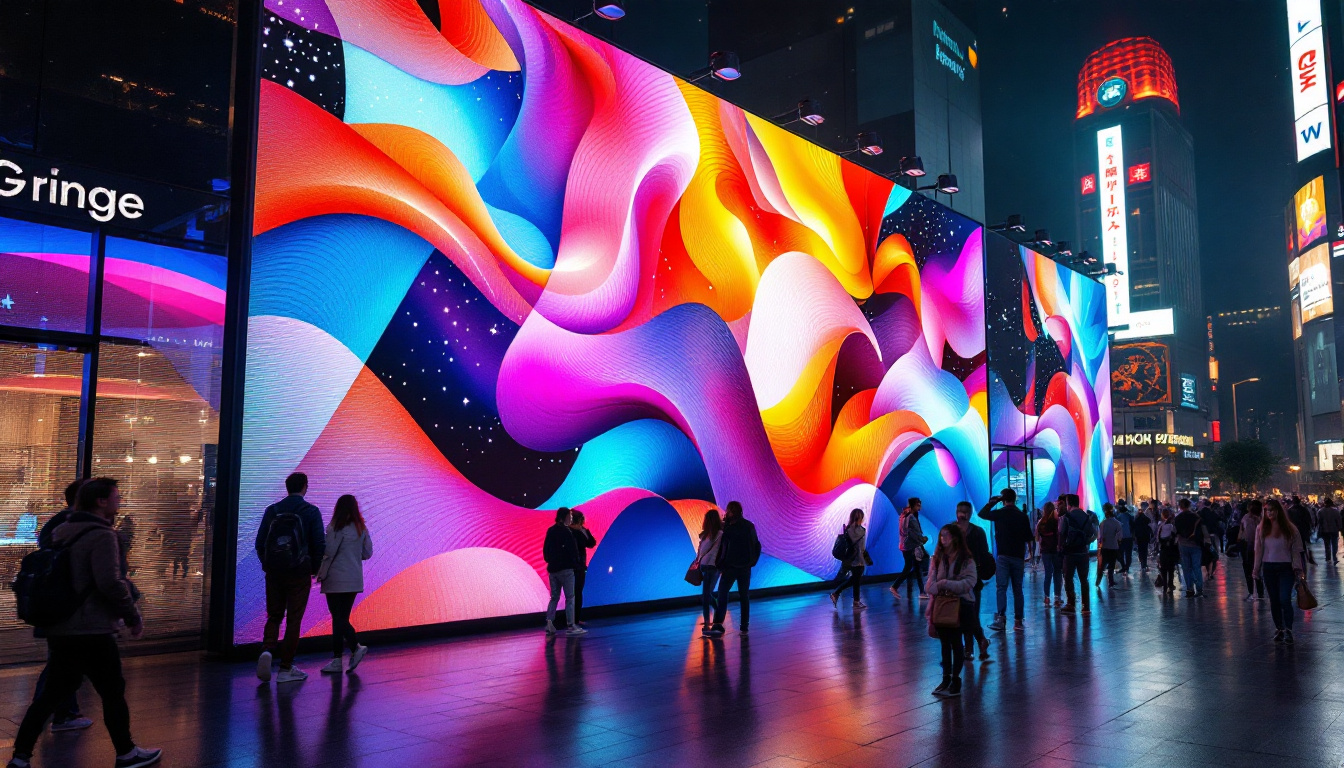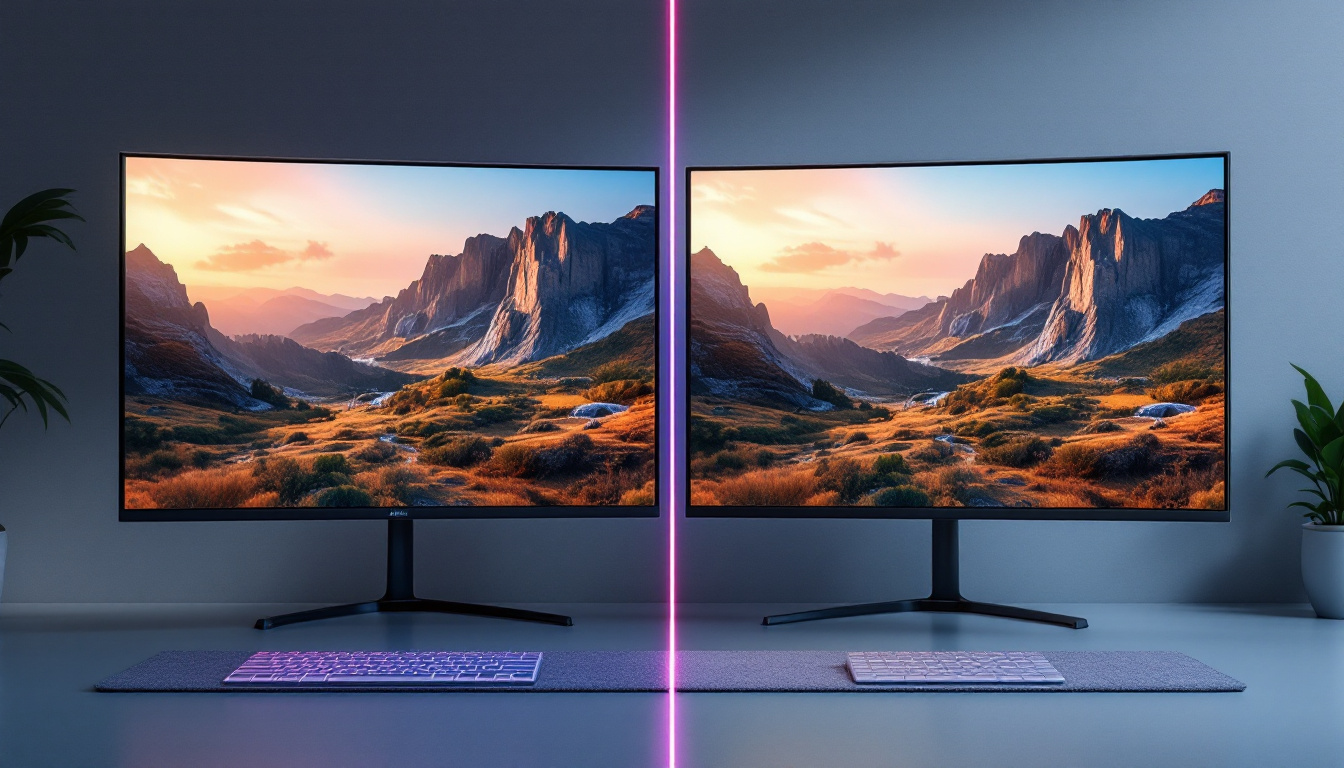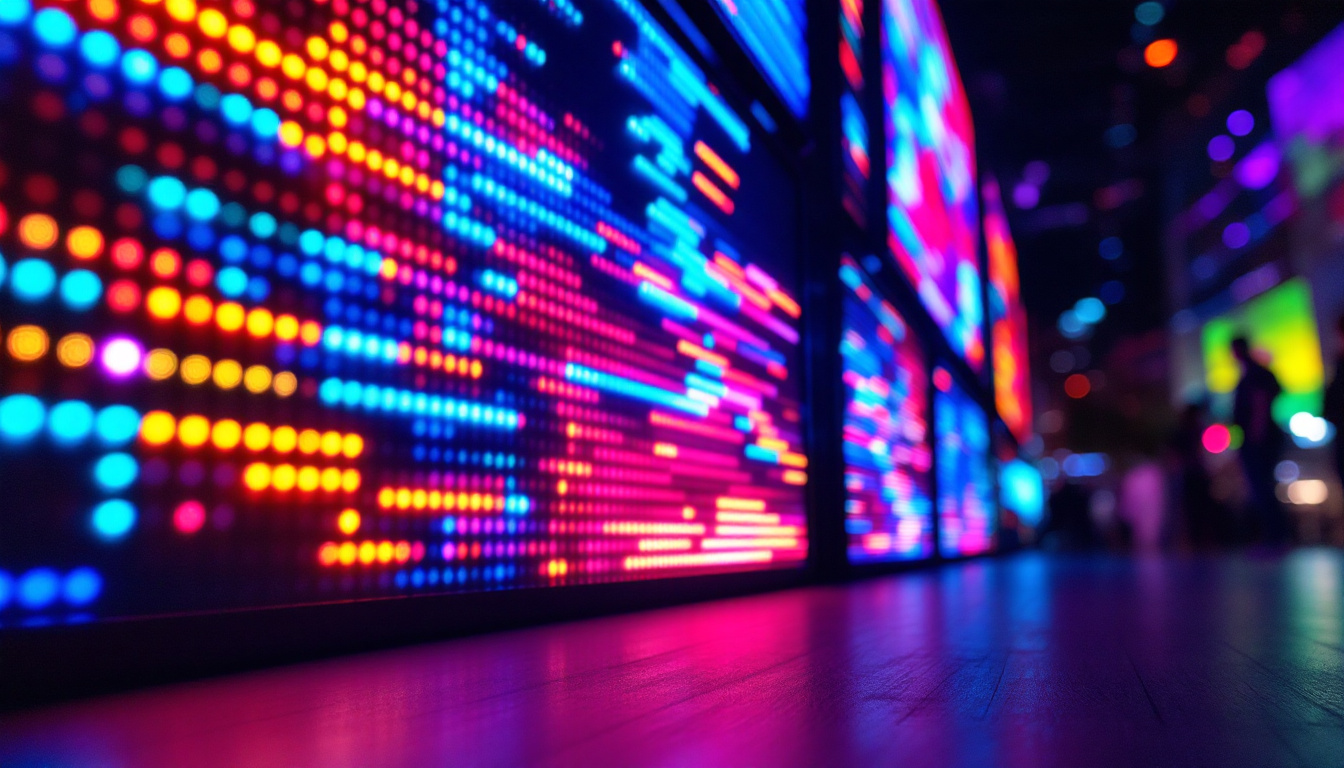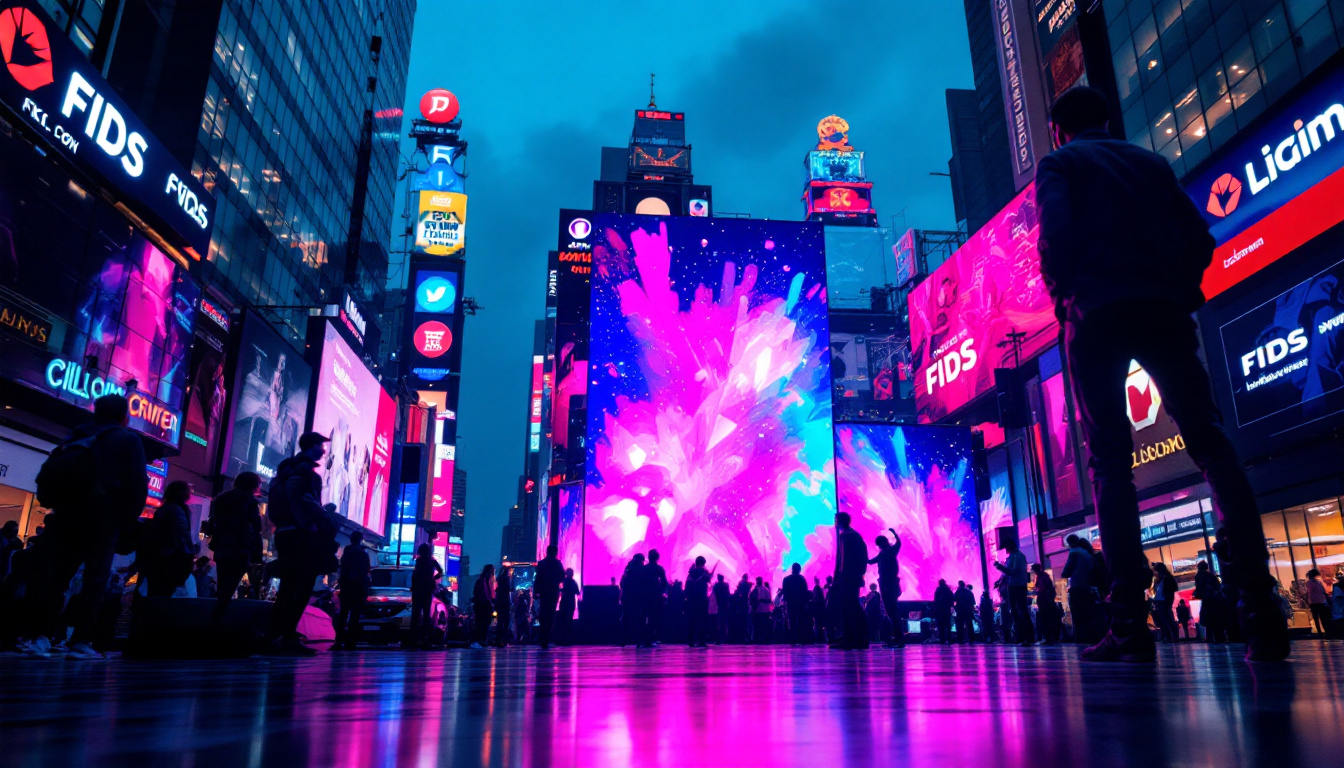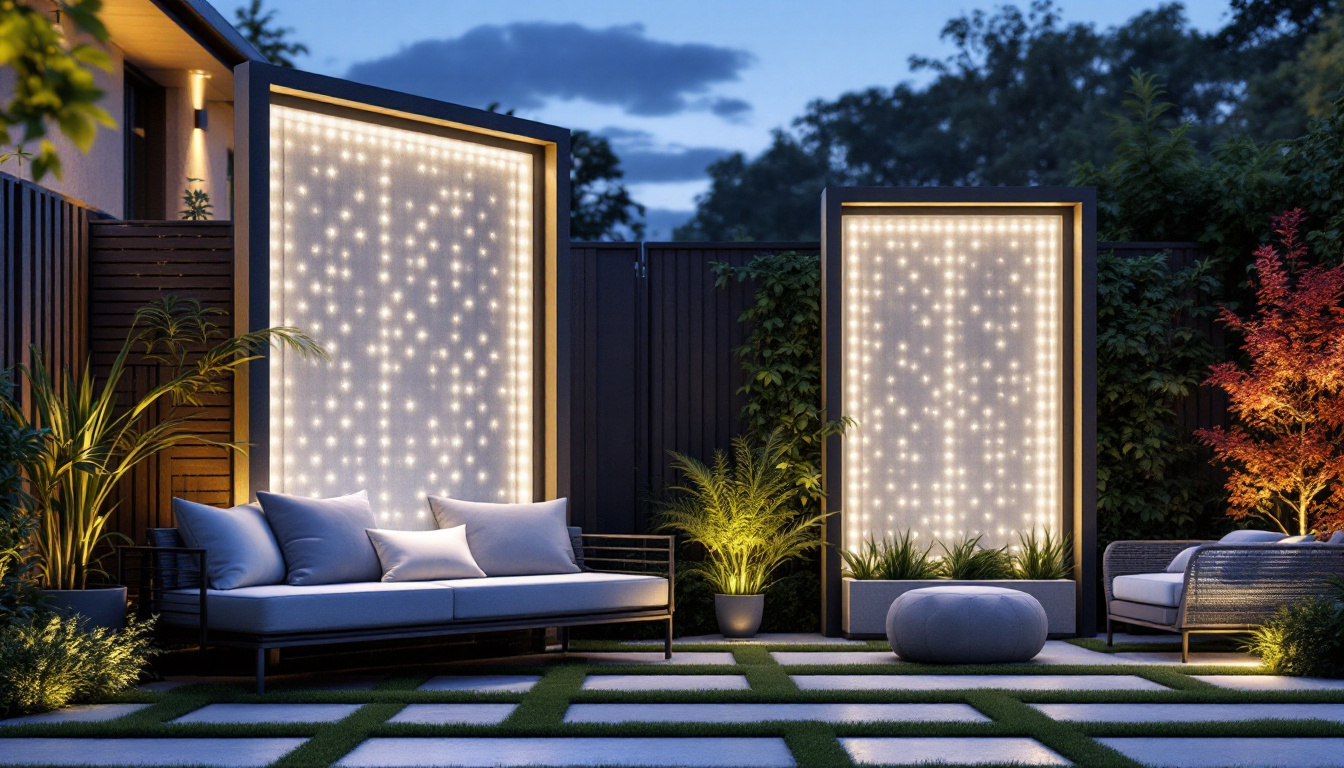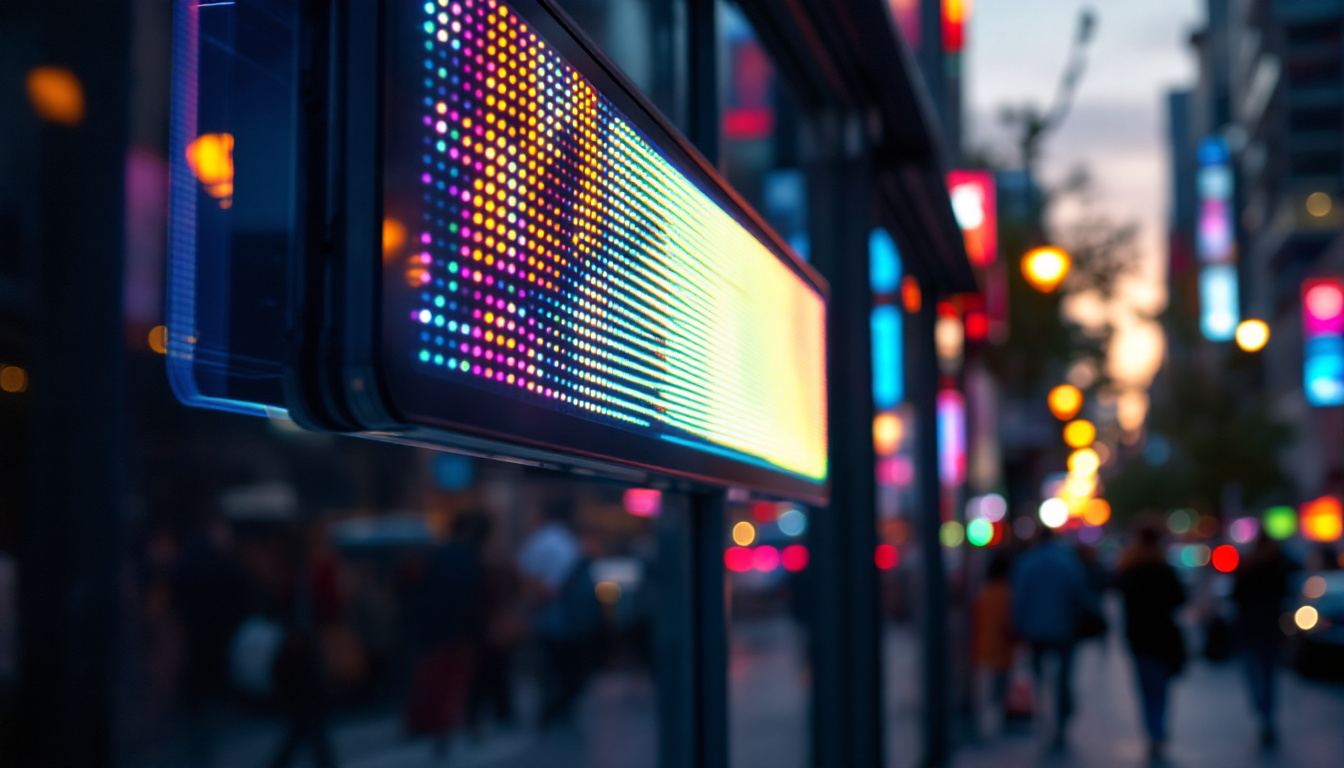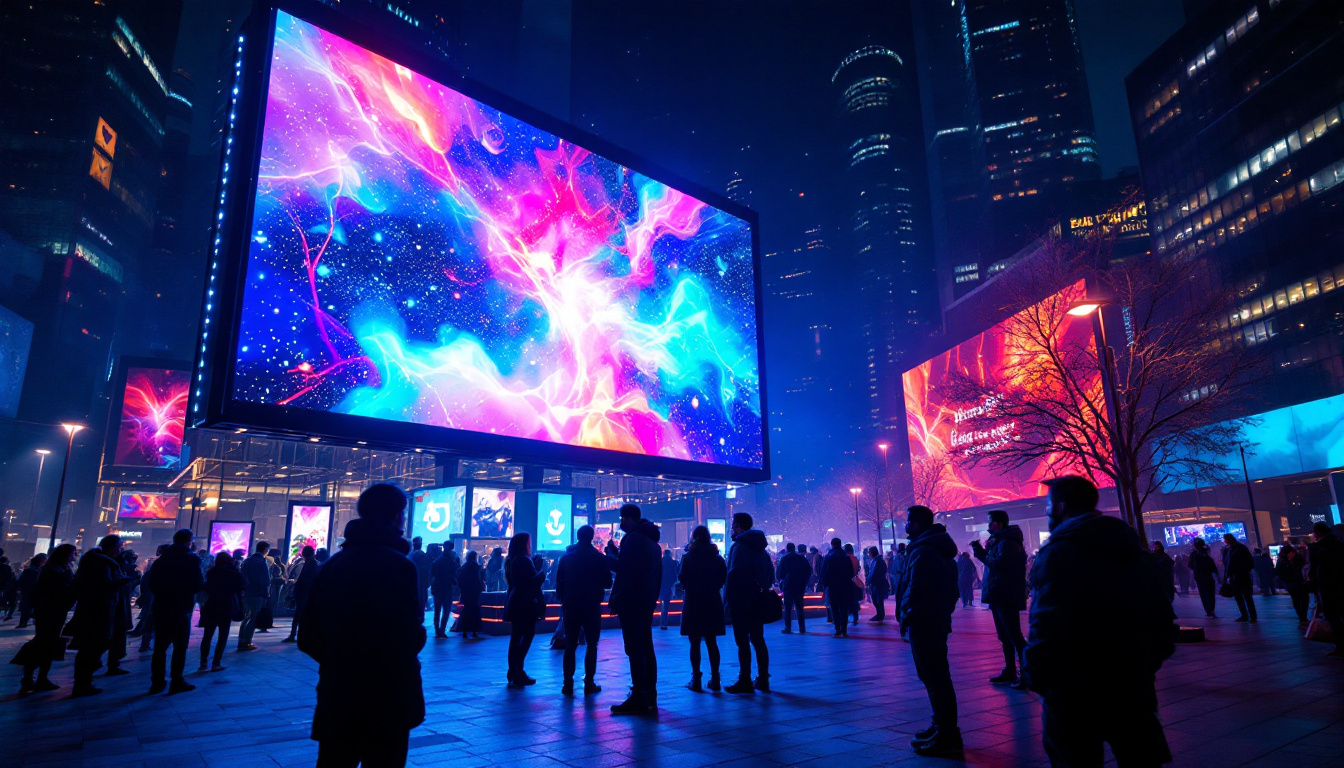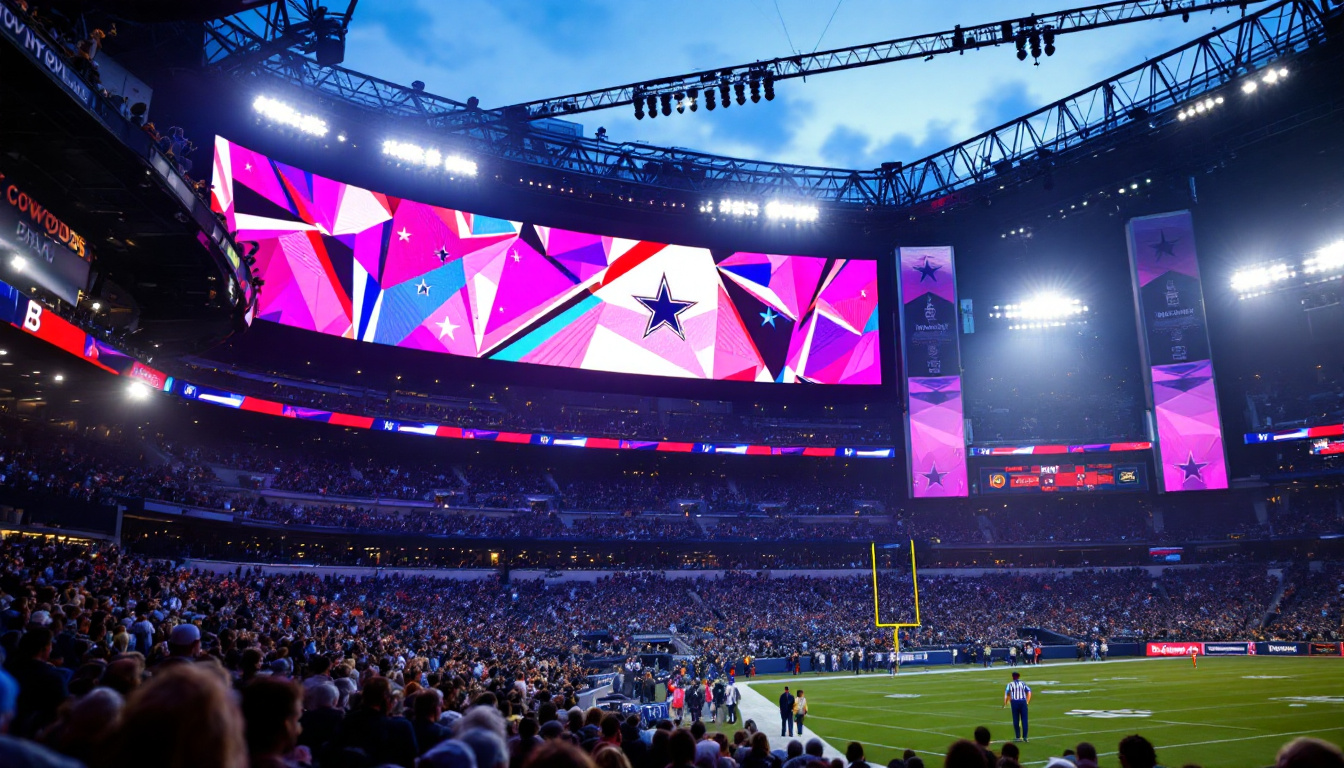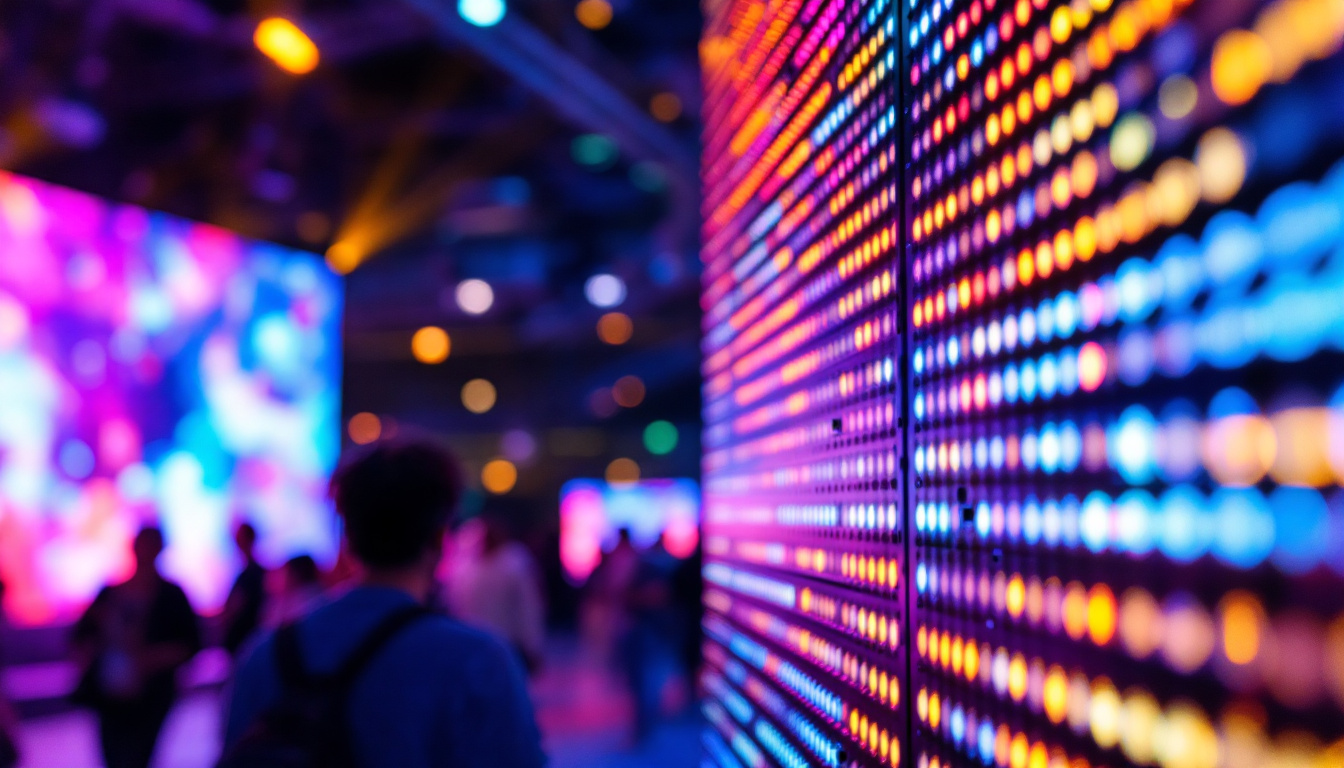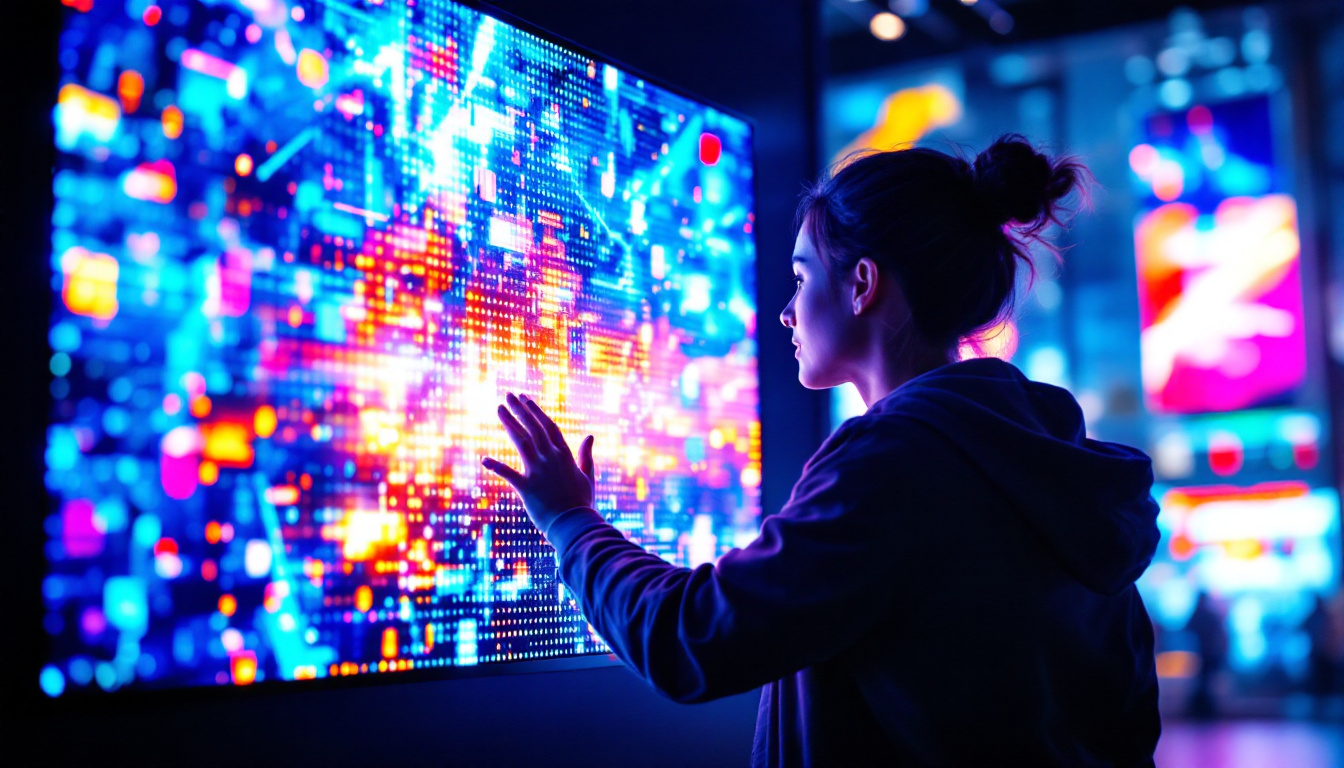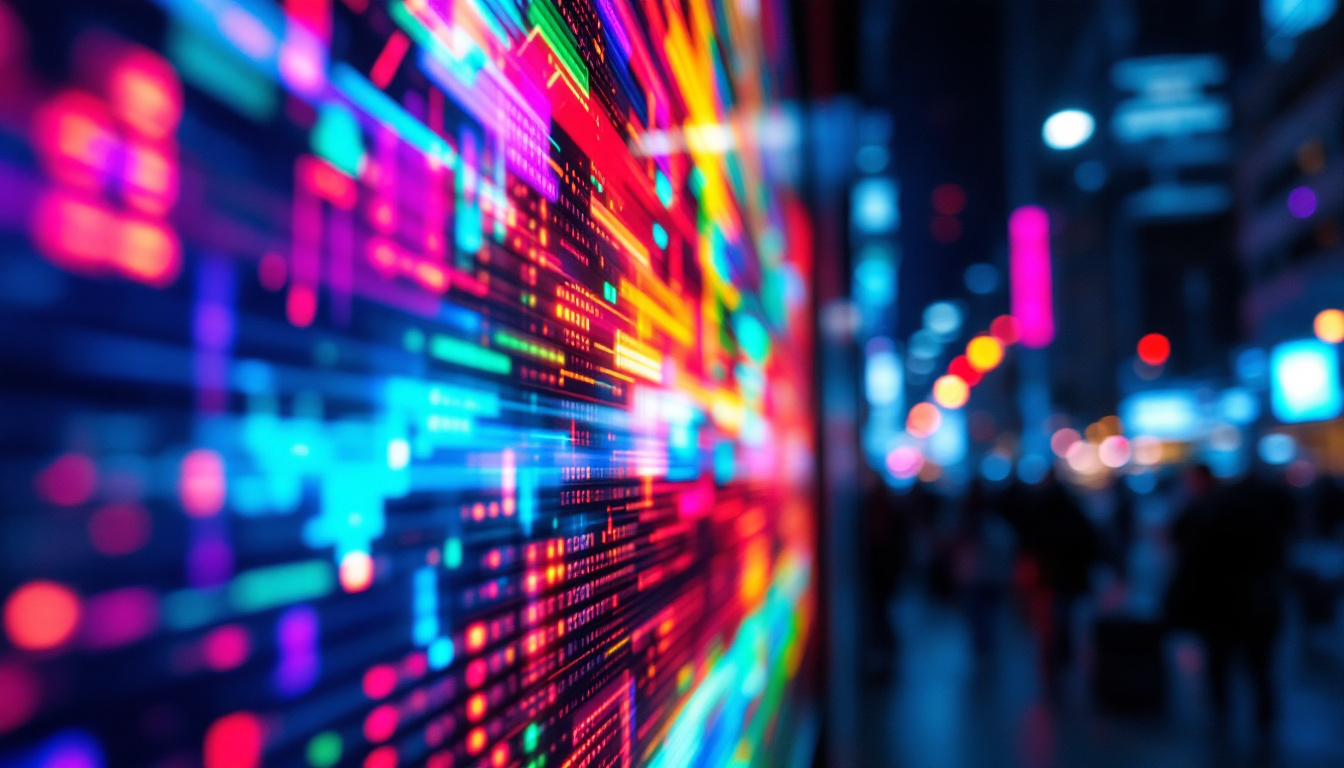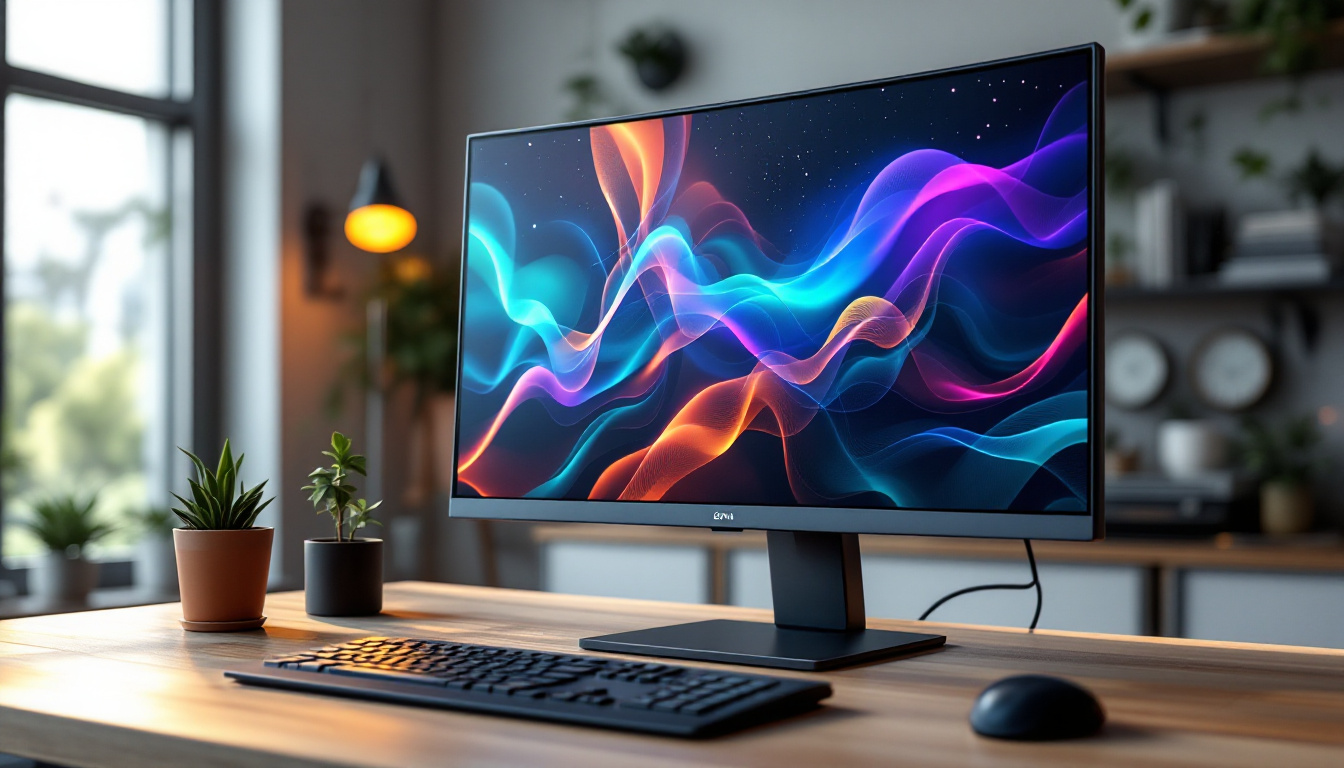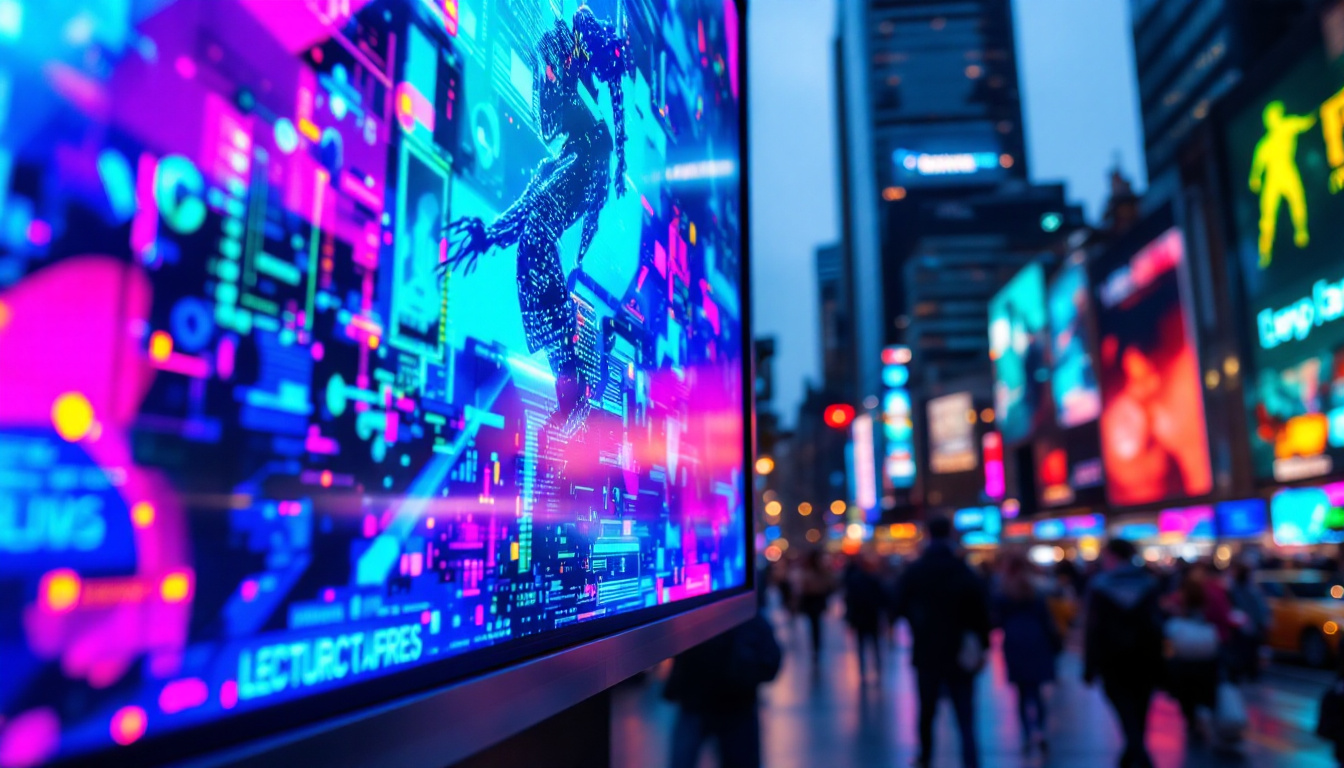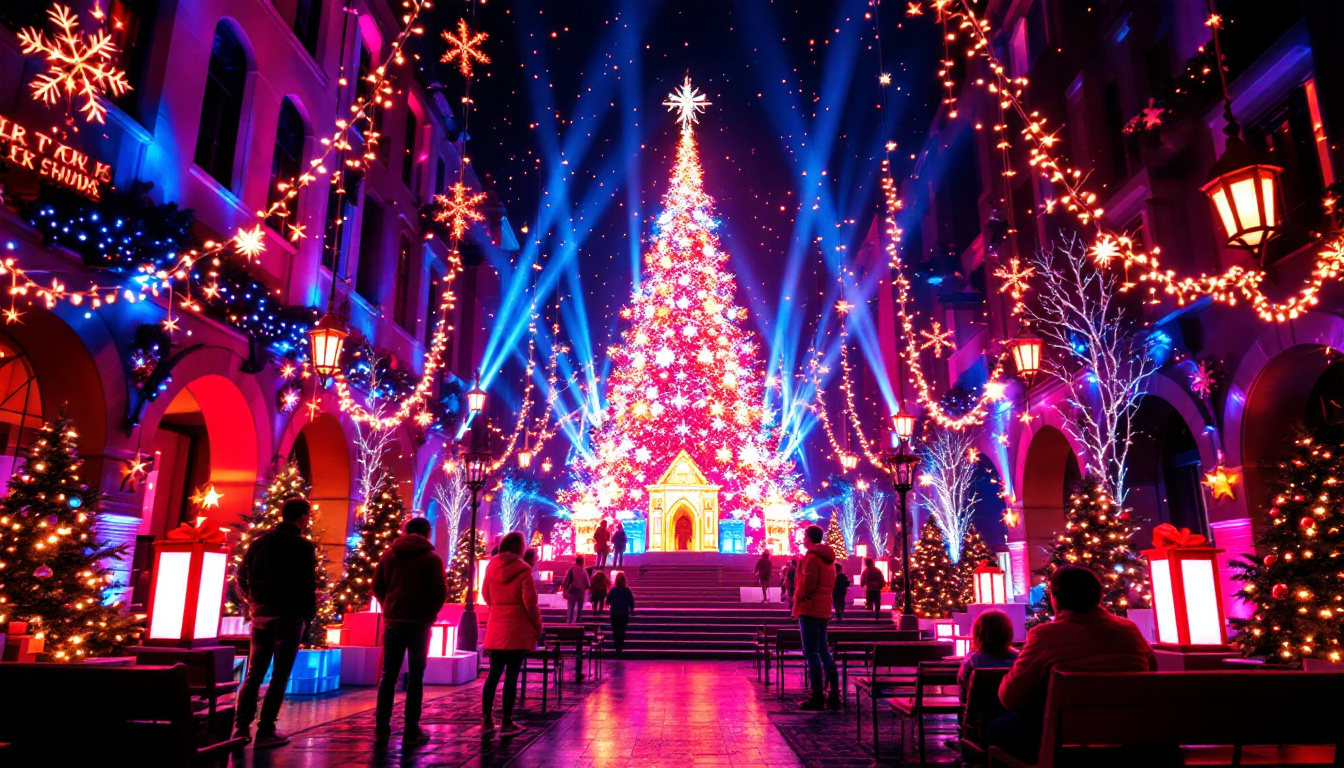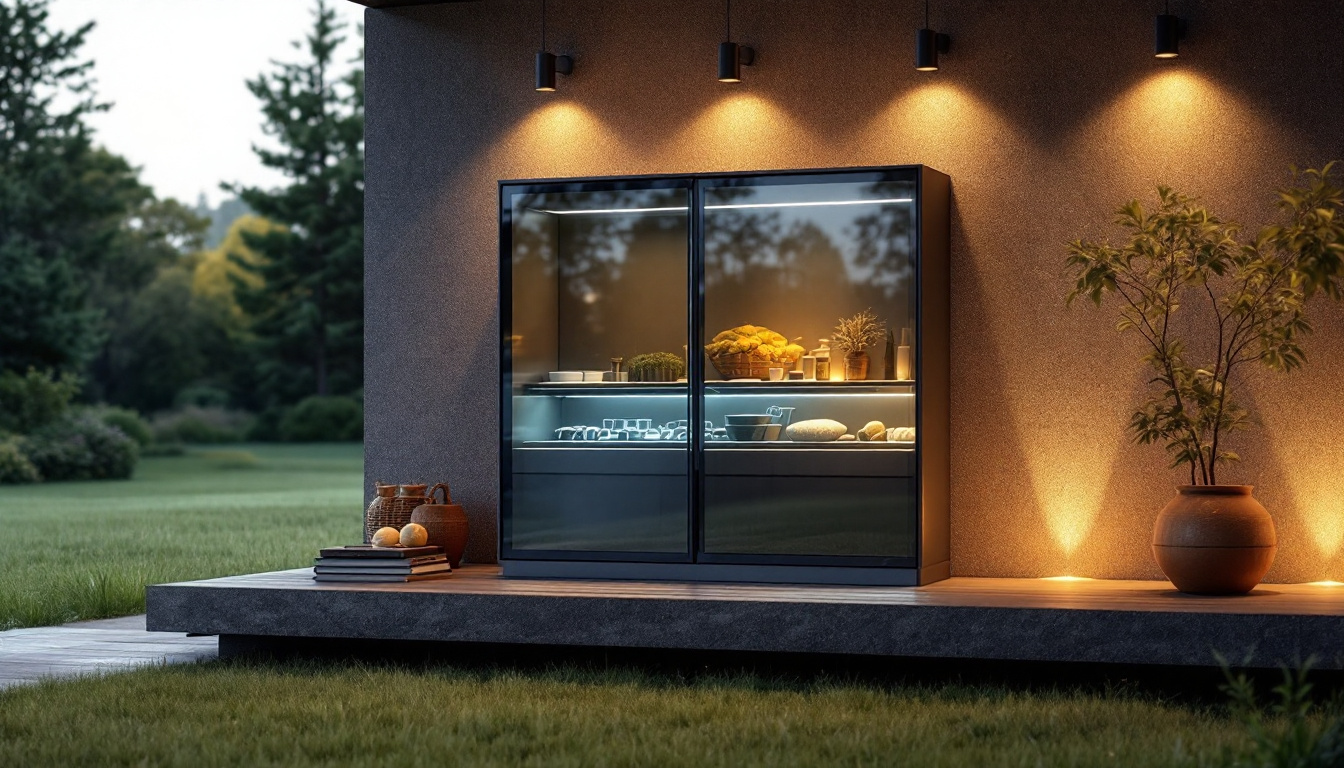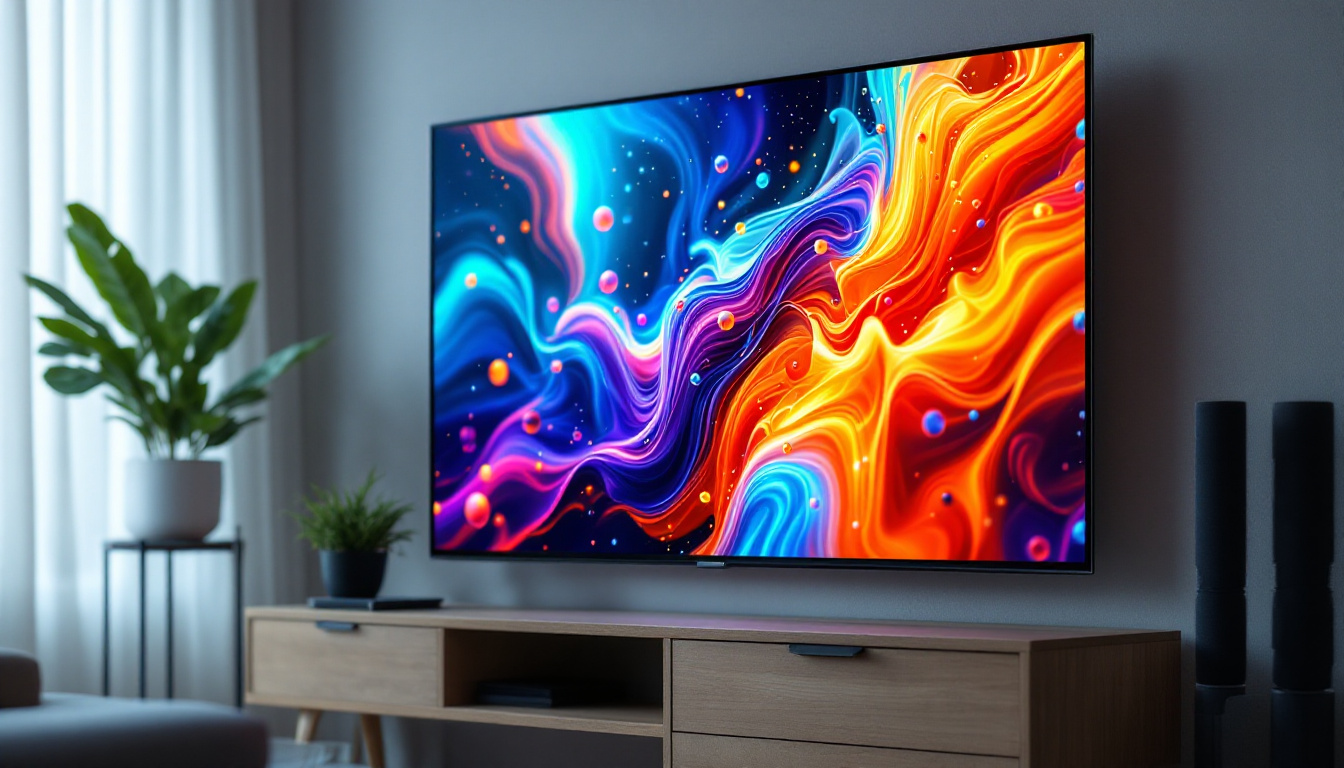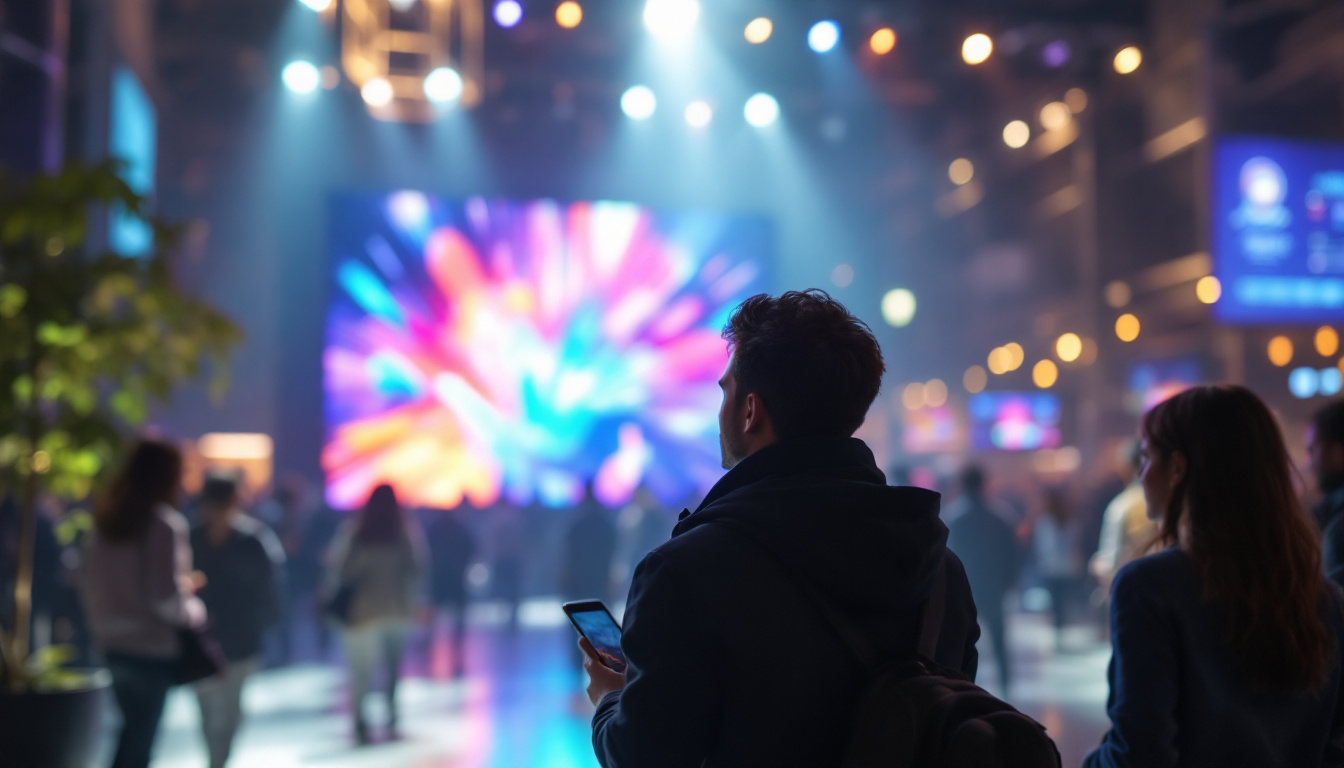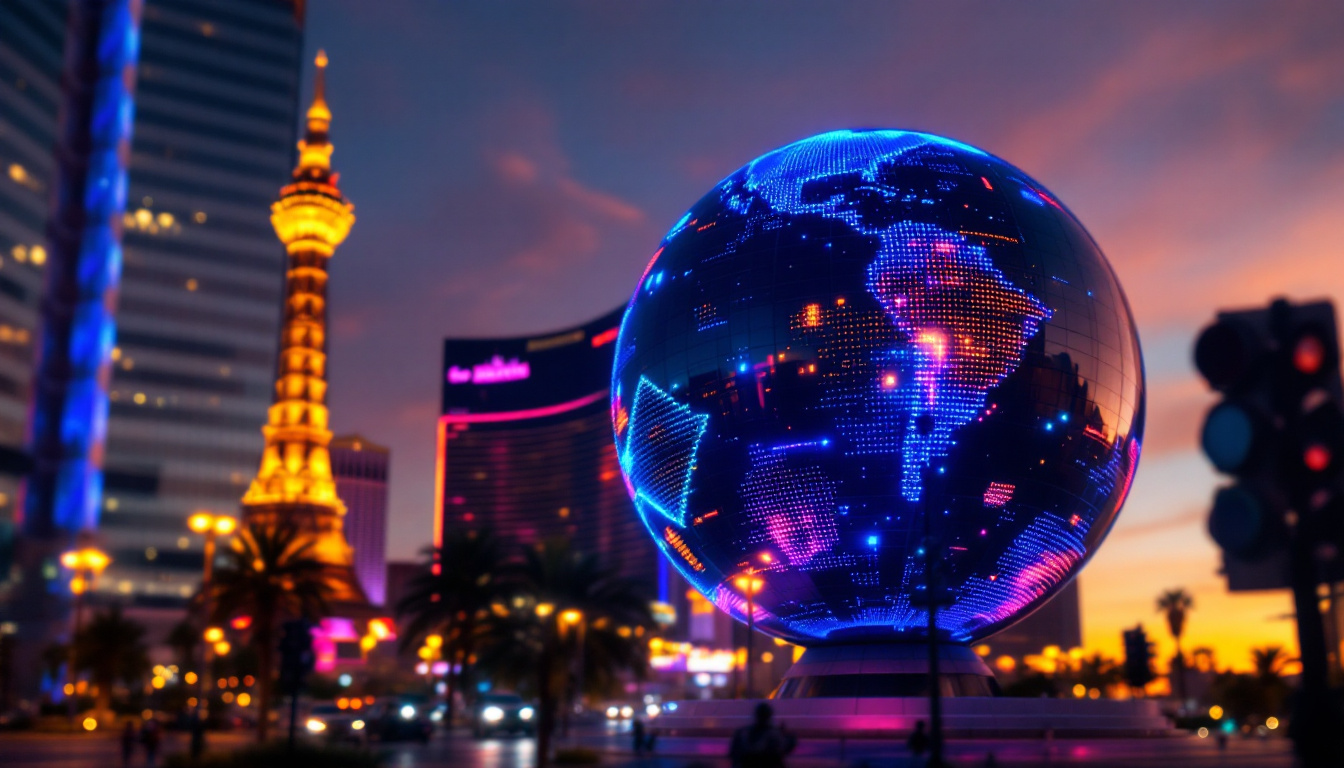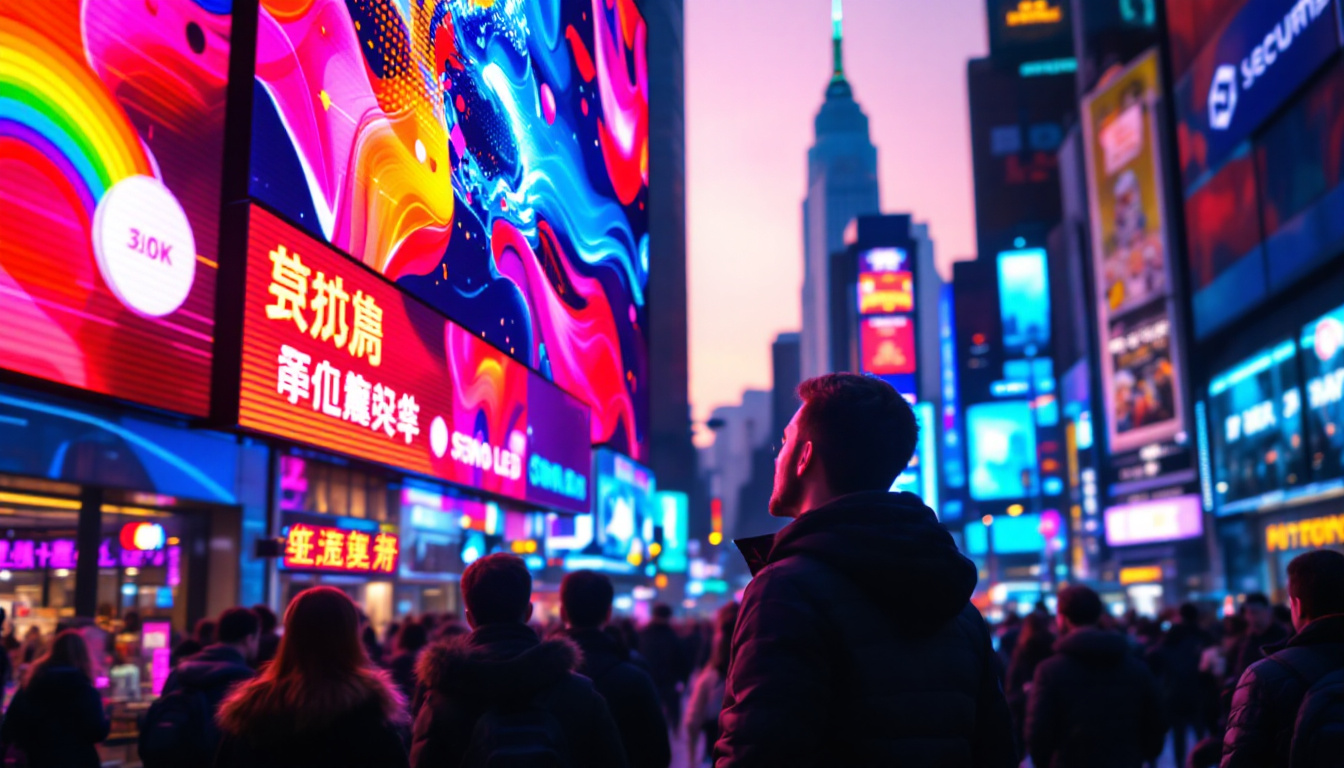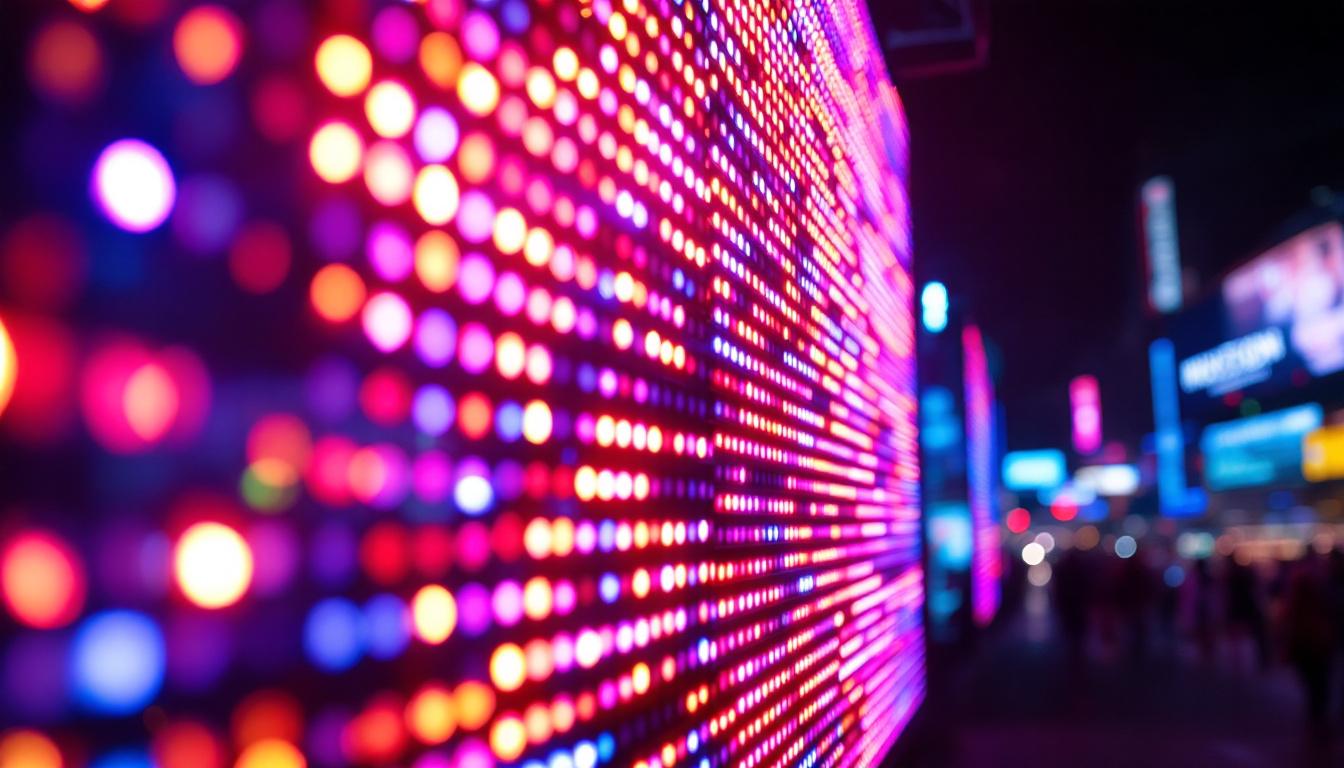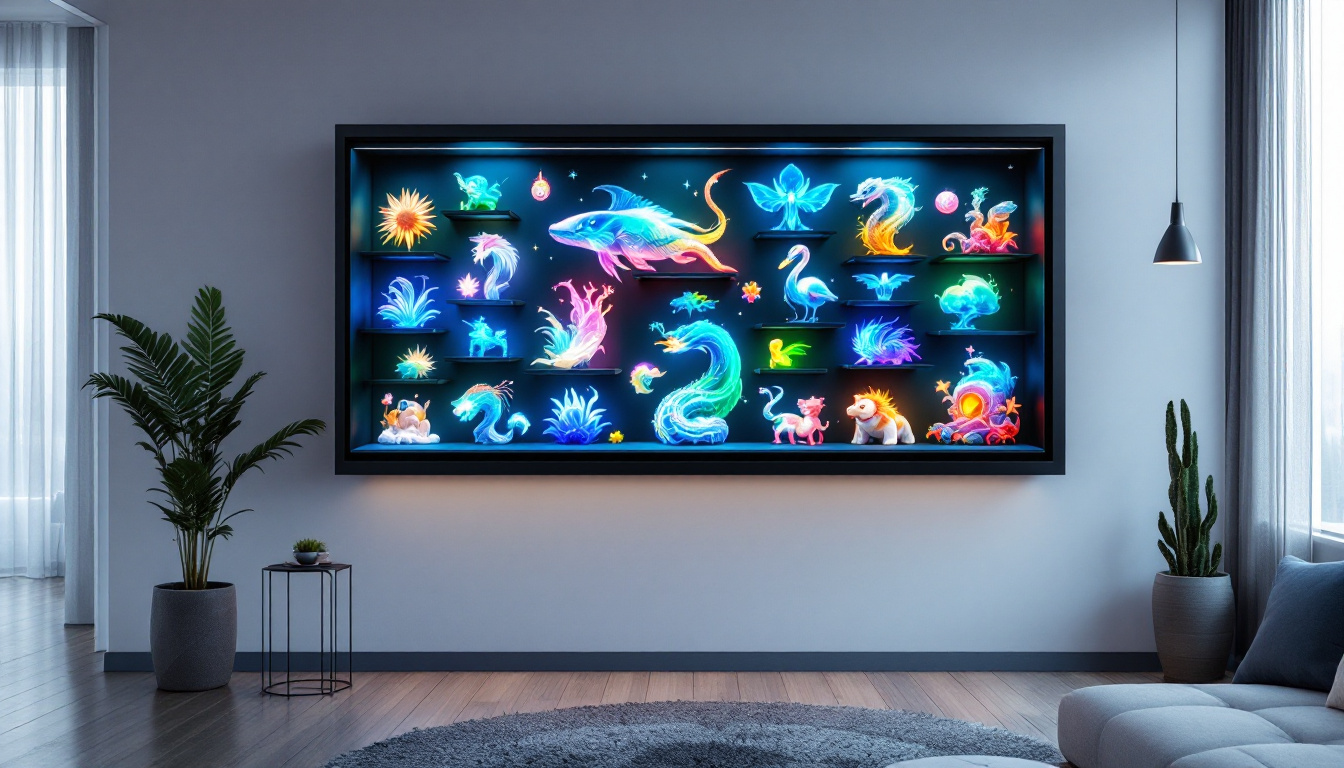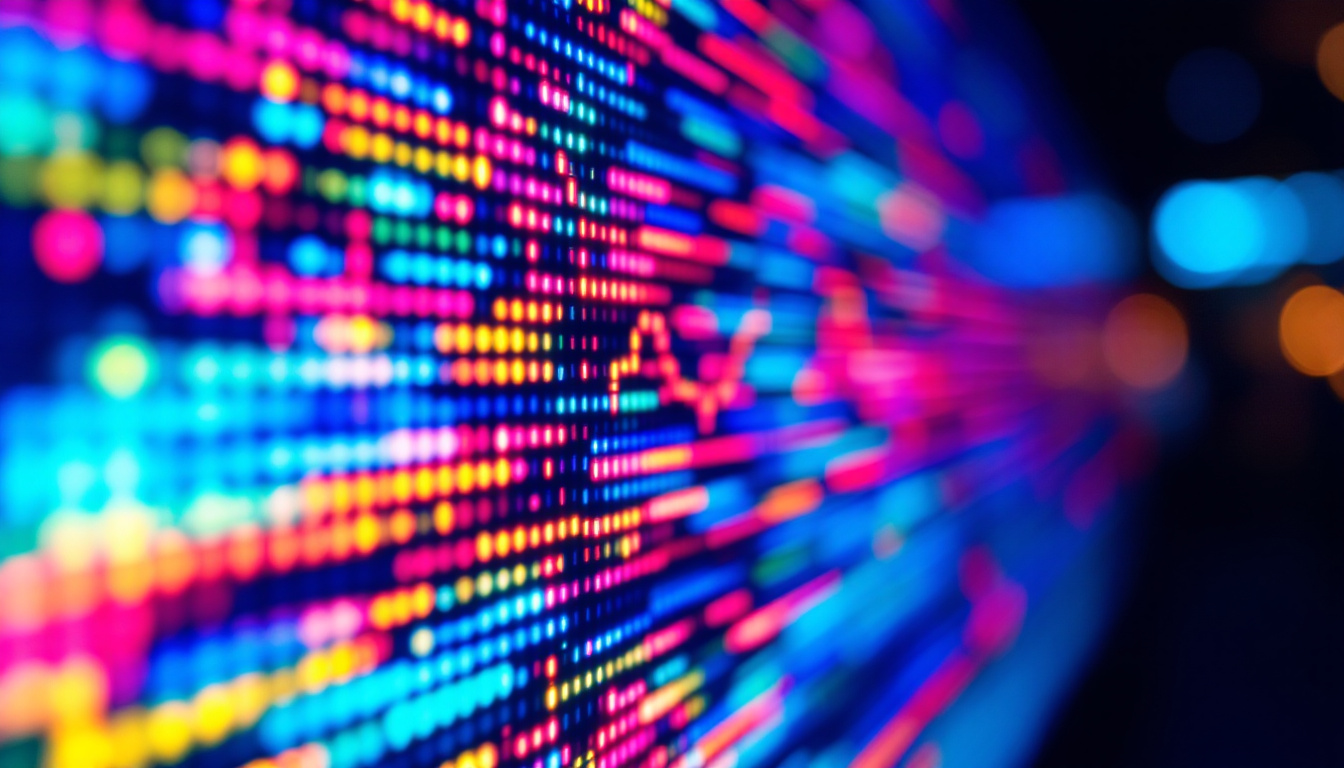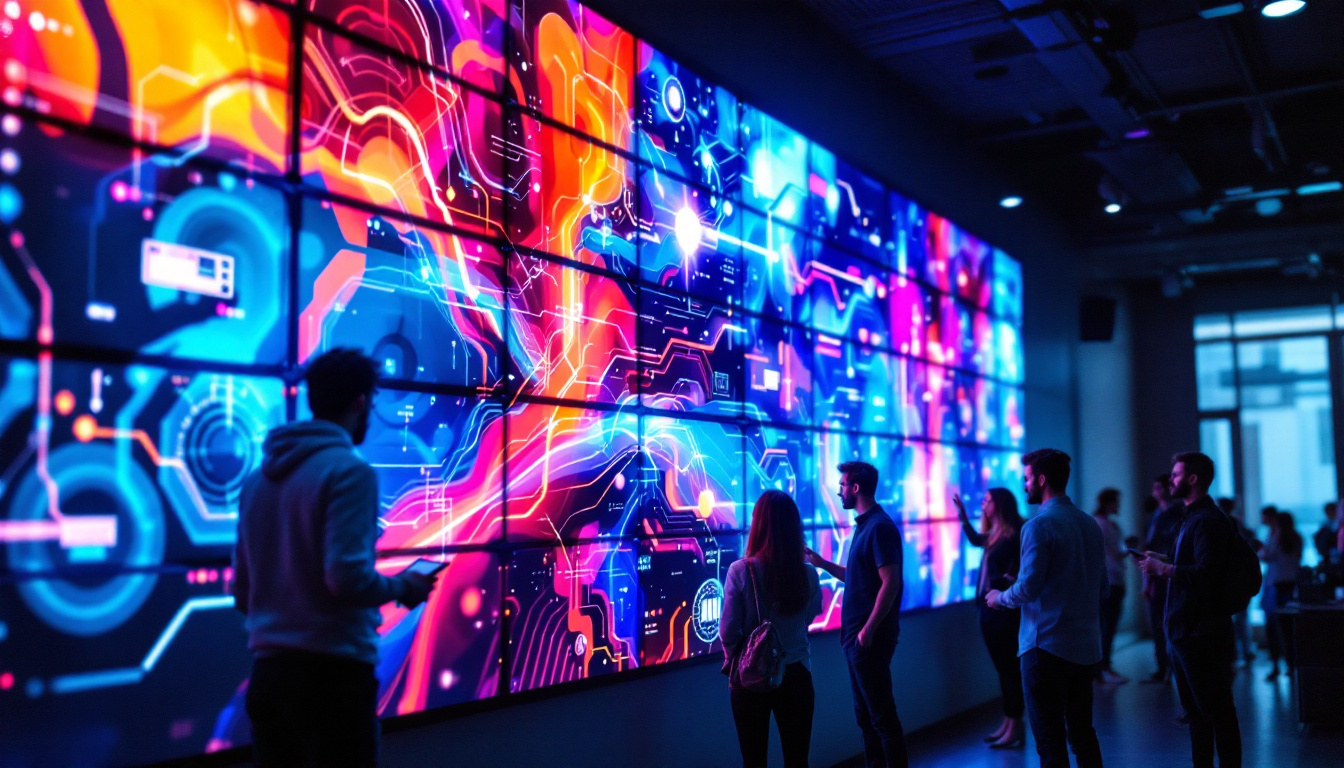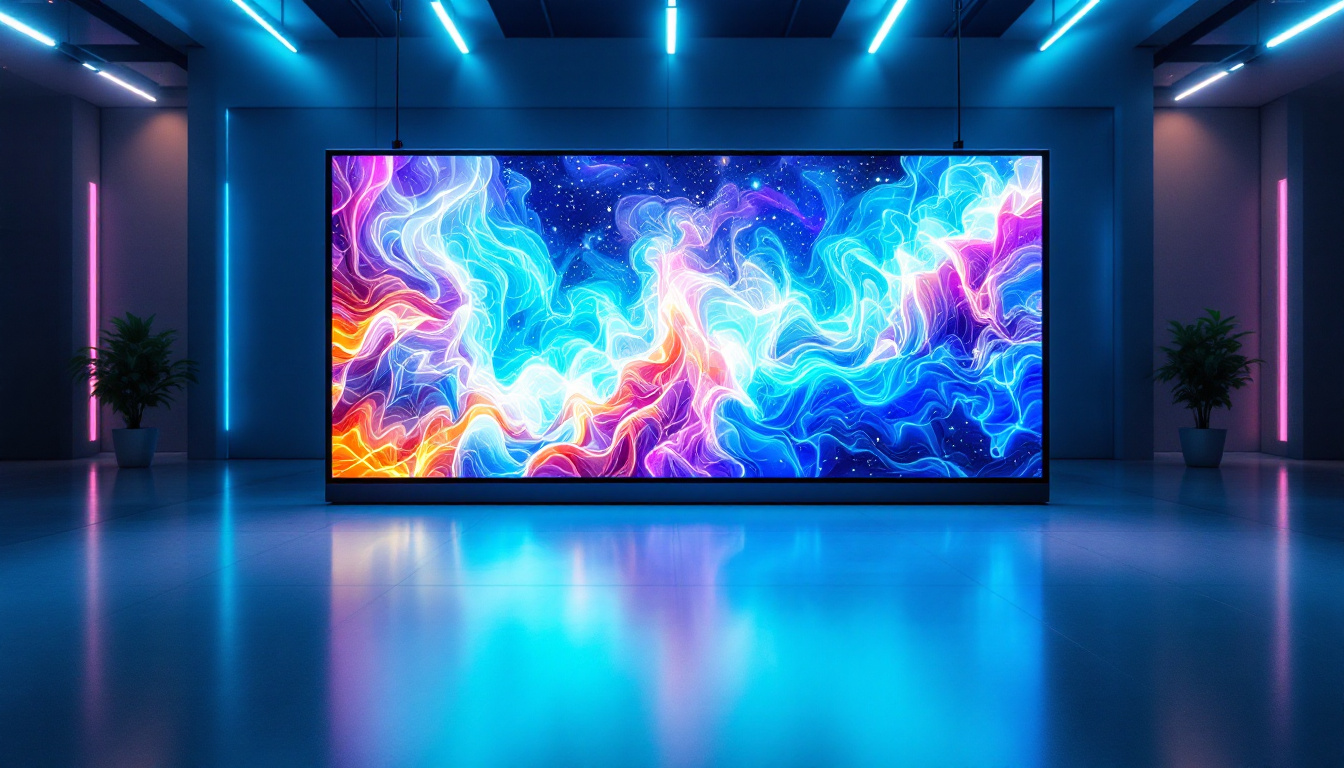The world of visual media has undergone tremendous transformation over the past century, evolving from grainy black-and-white films to ultra-high-definition digital displays. Among the many milestones in this journey, 8 millimeter film holds a special place as a beloved format that bridged amateur filmmaking and professional cinema. Today, as LED display technology dominates the visual landscape, understanding how 8 millimeter film and LED displays intersect offers valuable insights into both the history and future of visual storytelling.
The Legacy of 8 Millimeter Film
Introduced in the 1930s by Kodak, 8 millimeter film was designed as an affordable and accessible format for amateur filmmakers. It quickly became popular for home movies, educational films, and independent productions due to its compact size and relatively low cost compared to 16mm and 35mm film formats.
Despite its modest beginnings, 8mm film played a crucial role in democratizing filmmaking. Families documented vacations, milestones, and everyday moments, creating personal archives that remain cherished today. The format also found a niche in experimental and avant-garde cinema, where its grainy texture and unique aesthetic were embraced as artistic tools. Many filmmakers, such as Andy Warhol and Stan Brakhage, utilized 8mm to explore new narratives and visual styles, pushing the boundaries of what could be achieved with this seemingly simple medium.
While digital video has largely supplanted film for everyday use, 8mm film’s tactile qualities and nostalgic appeal continue to inspire filmmakers and collectors alike. The format’s physicality, characterized by its sprocket holes and chemical emulsion, contrasts sharply with the pixel-based nature of modern displays, setting the stage for an intriguing dialogue between analog and digital media. This conversation is further enriched by a resurgence of interest in film photography and the revival of vintage formats, as many contemporary artists seek to reconnect with the tactile and sensory experiences that digital media often lacks.
Technical Characteristics of 8mm Film
8mm film measures approximately 8 millimeters in width and typically runs at 16 or 18 frames per second (fps), although 24 fps is common in professional contexts. The film strip contains perforations along one edge, which engage with the camera or projector’s sprocket mechanism to advance the film steadily.
The image area on 8mm film is relatively small, resulting in a grainier and less detailed picture compared to larger formats. However, this graininess contributes to the film’s distinctive texture and warmth, qualities often sought after by filmmakers aiming for a vintage or handcrafted look. The limitations of the format also encourage creative problem-solving, as filmmakers learn to work within the constraints of the medium, often leading to innovative storytelling techniques and visual styles that might not emerge in higher-resolution formats.
Sound was not originally supported on standard 8mm film, but later developments introduced sound-on-film formats such as Super 8 with magnetic stripes or optical soundtracks, expanding the format’s versatility. This evolution allowed filmmakers to incorporate dialogue, music, and sound effects, enriching the storytelling experience and enabling a broader range of creative expression. The integration of sound transformed the way audiences engaged with 8mm films, turning personal home movies into more dynamic narratives that could evoke a wide array of emotions and memories.
Understanding LED Display Technology
Light Emitting Diode (LED) displays have revolutionized how images and videos are presented in public spaces, from giant stadium screens to handheld devices. Unlike traditional LCD or plasma screens, LED displays use tiny semiconductor diodes that emit light when an electric current passes through them, allowing for vibrant colors, high brightness, and excellent energy efficiency.
LED technology is highly scalable, enabling the creation of displays ranging from small panels to massive video walls with seamless image quality. This flexibility makes LED displays ideal for diverse applications, including advertising, live events, digital signage, and even immersive art installations.
How LED Displays Work
At the core of an LED display are pixels composed of red, green, and blue diodes. By varying the intensity of each diode, the display can produce a full spectrum of colors. These pixels are arranged in a grid and controlled by sophisticated electronics that manage color calibration, refresh rates, and image rendering.
Modern LED displays often incorporate surface-mount technology (SMT) LEDs, which are smaller and more efficient than earlier through-hole LEDs. This advancement allows for higher pixel densities, resulting in sharper images and smoother video playback.
Another critical factor in LED display performance is the refresh rate, which determines how frequently the image updates per second. Higher refresh rates reduce flicker and motion blur, enhancing the viewing experience, especially for fast-moving content.
Bridging the Gap: 8mm Film and LED Displays
At first glance, 8mm film and LED displays may seem worlds apart—one rooted in analog chemistry, the other in cutting-edge electronics. However, their intersection reveals fascinating opportunities and challenges in preserving, presenting, and reimagining vintage film content in the digital age.
Digitizing 8mm Film for LED Presentation
To display 8mm film content on LED screens, the original analog footage must be digitized. This process typically involves scanning the film frames using high-resolution telecine or film scanners, converting the chemical images into digital files.
High-quality digitization is essential to retain the film’s characteristic grain and texture while enabling compatibility with modern display standards. Advanced software tools can enhance the scanned images by stabilizing shaky footage, correcting color shifts, and reducing dust or scratches without compromising the film’s authentic look.
Once digitized, the footage can be formatted for LED display resolutions, which vary widely depending on the screen size and pixel density. For example, a large outdoor LED billboard might require 4K or even 8K resolution content to maintain clarity at a distance.
Challenges in Displaying 8mm Film Content on LED Screens
One of the main challenges in presenting 8mm film on LED displays is balancing the film’s inherent grain and lower resolution with the high-definition capabilities of LED technology. Over-sharpening or excessive noise reduction can strip away the film’s nostalgic qualities, while insufficient enhancement may result in a blurry or pixelated image on large screens.
Color reproduction is another consideration. Original 8mm film colors may have faded or shifted over time, requiring careful color grading to achieve a visually pleasing presentation that respects the source material.
Moreover, the frame rate differences between 8mm film and digital displays must be addressed. Film’s typical 16-18 fps playback contrasts with the 60 fps or higher refresh rates common in LED screens. Frame interpolation or duplication techniques can smooth motion without introducing unnatural artifacts.
Applications and Benefits of Combining 8mm Film with LED Displays
Integrating 8mm film content with LED display technology opens up exciting possibilities across artistic, educational, and commercial domains. This fusion allows vintage footage to reach new audiences in dynamic and engaging ways.
Artistic and Cultural Preservation
Artists and curators increasingly use LED displays to showcase archival 8mm films in galleries, museums, and public art installations. The vibrant colors and brightness of LED screens can breathe new life into aged footage, making it accessible and impactful in contemporary settings.
For example, film festivals dedicated to analog formats often incorporate LED projections to present restored 8mm works alongside digital media, creating a dialogue between past and present technologies. This approach not only preserves cultural heritage but also encourages creative reinterpretation.
Educational Use
Educational institutions utilize LED displays to teach film history and production techniques, displaying 8mm film excerpts alongside modern digital content. The contrast helps students appreciate technological evolution and understand the technical challenges faced by early filmmakers.
Additionally, digitized 8mm films can be integrated into interactive exhibits, where LED touchscreens allow viewers to explore film frames, learn about the filmmaking process, and engage with multimedia content.
Commercial and Marketing Opportunities
Brands and advertisers sometimes leverage the nostalgic appeal of 8mm film aesthetics in LED campaigns to evoke authenticity and emotional connection. By combining vintage footage with modern LED visuals, marketers craft compelling narratives that stand out in crowded media environments.
Furthermore, event producers use LED walls to project 8mm-style visuals during concerts, theater performances, and corporate events, adding a retro flair that enhances the overall experience.
Future Trends: The Evolution of Analog and Digital Integration
The relationship between 8mm film and LED display technology exemplifies a broader trend toward hybrid media experiences that blend analog charm with digital sophistication. As technology advances, several emerging trends are shaping this integration.
Enhanced Scanning and Restoration Techniques
Artificial intelligence (AI) and machine learning algorithms are increasingly employed to restore and upscale 8mm film footage. These tools can intelligently remove imperfections, enhance resolution, and even colorize black-and-white films while preserving the original artistic intent.
Such advancements will enable even higher-quality presentations on LED displays, making vintage film content more compelling and accessible than ever before.
Interactive and Immersive Experiences
Augmented reality (AR) and virtual reality (VR) technologies, combined with LED display environments, offer new ways to experience 8mm film heritage. Imagine walking through a digital gallery where 8mm films play on LED panels integrated into the surroundings, or interacting with film elements in a VR space enhanced by LED visuals.
These immersive experiences can deepen audience engagement and foster a greater appreciation for analog film history within a digital context.
Sustainability and Preservation
As physical film stocks degrade over time, digitization and LED display offer sustainable alternatives for preserving and sharing 8mm film content. Digital archives displayed on energy-efficient LED screens reduce the need for fragile physical projections, ensuring that these cultural artifacts endure for future generations.
Conclusion
8 millimeter film and LED display technology represent two distinct eras of visual media, each with unique characteristics and cultural significance. By understanding how these formats intersect, it becomes possible to preserve the nostalgic beauty of 8mm film while leveraging the dynamic capabilities of modern LED displays.
This synergy not only enriches the way vintage footage is experienced but also highlights the ongoing evolution of storytelling tools. Whether for artistic expression, education, or commercial use, the marriage of 8mm film aesthetics and LED display innovation continues to inspire and captivate audiences worldwide.
Explore the Future of Visual Storytelling with LumenMatrix
As we embrace the convergence of classic 8mm film charm and the dynamic capabilities of modern LED displays, LumenMatrix stands at the forefront of this innovative fusion. Our commitment to revolutionizing visual communication is embodied in our diverse range of LED display solutions, from Indoor and Outdoor LED Walls to Custom and Transparent Displays. Discover how LumenMatrix can transform your visual experiences and amplify your message. Check out LumenMatrix LED Display Solutions and join us in shaping the next chapter of immersive storytelling.

